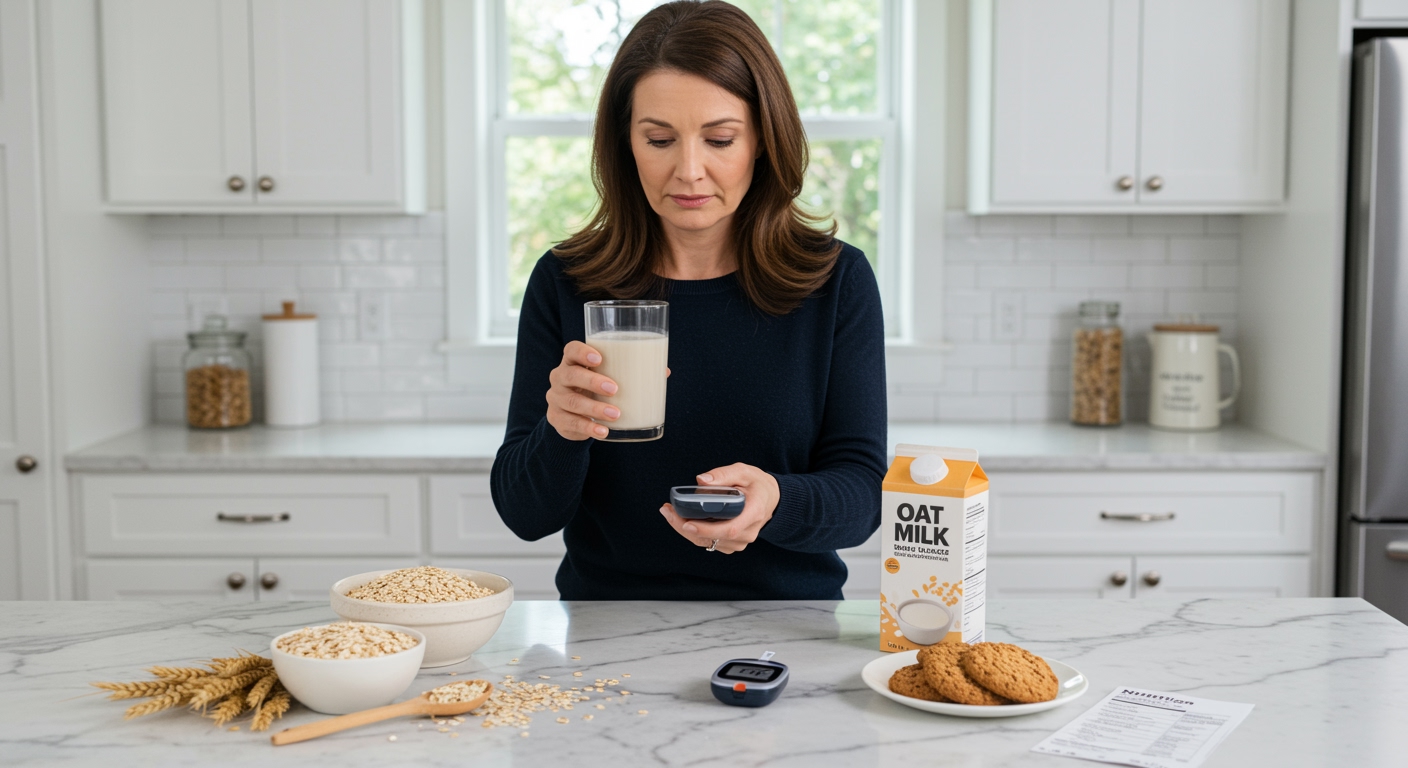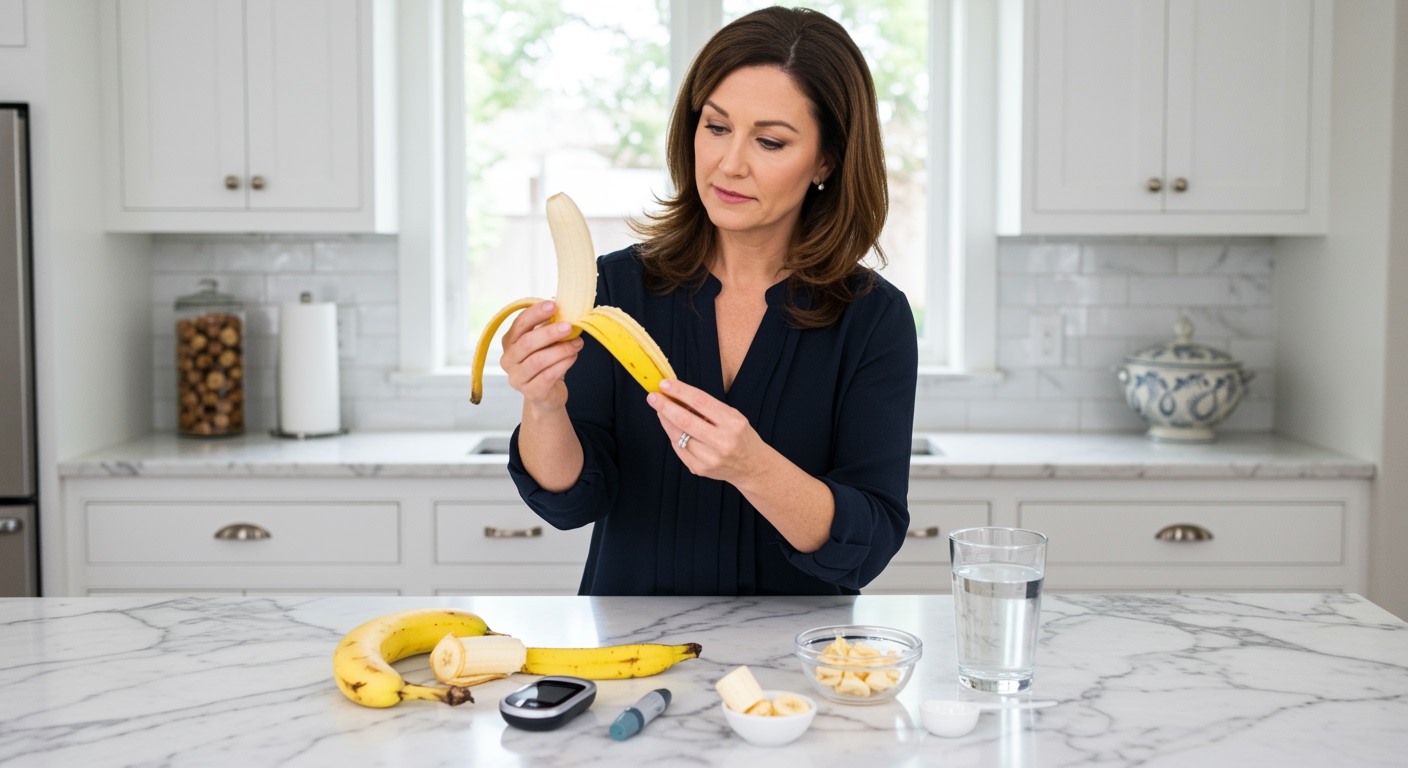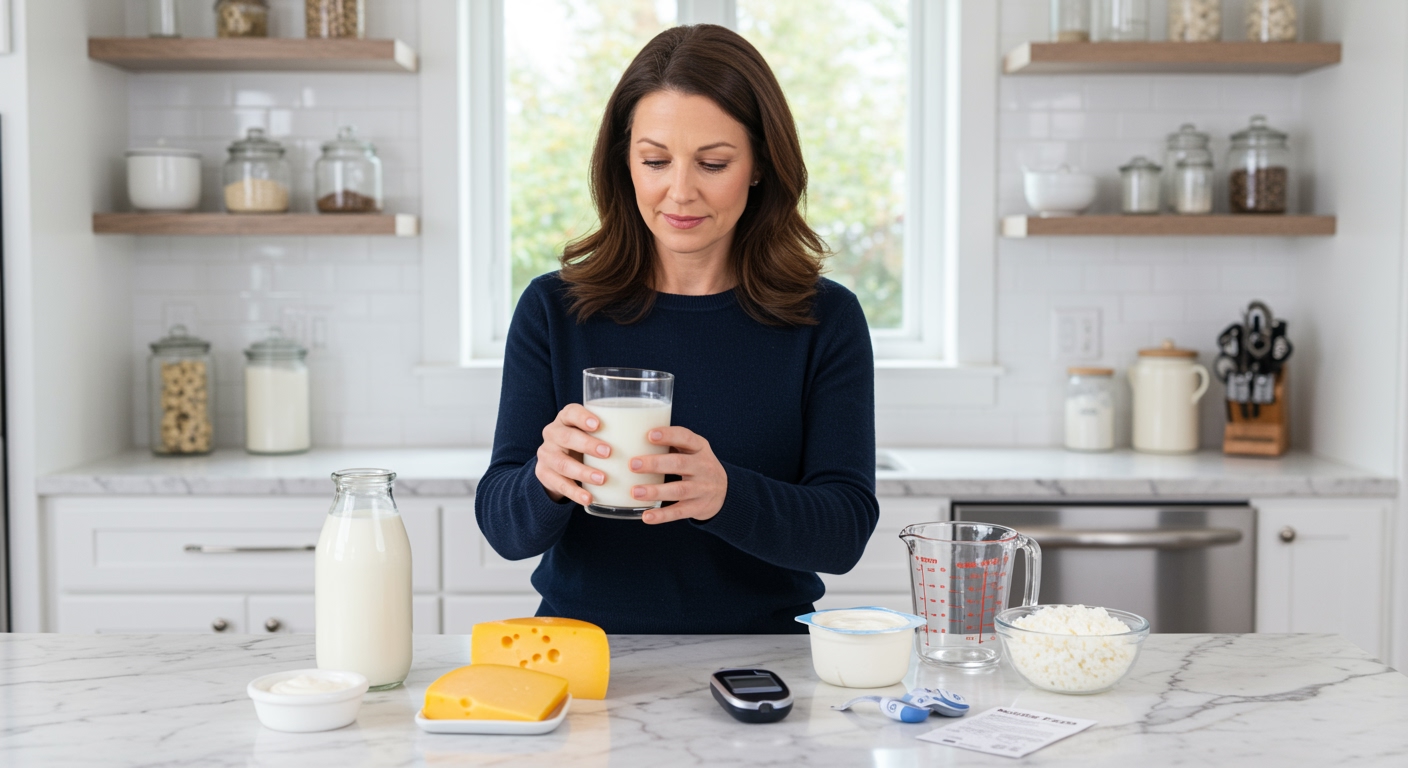✪ Key Takeaway: Paneer is excellent for diabetes because its high protein and low carb content helps stabilize blood sugar levels naturally.
Introduction
You walk into the kitchen craving something satisfying, but your diabetes diagnosis makes every food choice feel like a minefield.
Paneer sits in your refrigerator, and you wonder if this creamy white cheese will send your blood sugar soaring or keep it steady.
Hi, I am Abdur, your nutrition coach, and today I am going to explain exactly how paneer affects your blood sugar and why it might become your new diabetes-friendly favorite.
What Makes Paneer Different From Other Dairy Products?
Paneer stands apart from regular dairy products because of its unique protein structure and minimal processing method.
Unlike processed cheeses loaded with additives, paneer contains only milk and acid, making it a pure protein source.
The cheese-making process removes most of the whey protein and concentrates the casein protein, which digests slowly in your system.
This slow digestion means paneer releases amino acids gradually into your bloodstream, preventing sudden spikes in blood sugar levels.
Fresh paneer contains approximately 18 grams of protein per 100 grams, with only 1.2 grams of carbohydrates.
The low carbohydrate content means your pancreas does not need to work overtime producing insulin to process this food.
✪ Fact: Paneer has a glycemic index of just 27, making it one of the lowest GI dairy products available.
How Does Paneer Impact Your Blood Sugar Levels?
When you eat paneer, your body experiences a gentle rise in blood glucose rather than the sharp spikes caused by refined carbohydrates.
The high protein content triggers the release of incretin hormones like GLP-1, which slow down gastric emptying and improve insulin sensitivity.
These hormones signal your pancreas to release insulin only when needed, preventing the overproduction that leads to blood sugar crashes.
Research shows that protein-rich foods like paneer can actually blunt the glycemic response of other foods eaten at the same meal.
This means adding paneer to a meal containing rice or bread will result in a lower overall blood sugar spike than eating those carbohydrates alone.
The calcium and magnesium in paneer also play crucial roles in glucose metabolism by supporting proper insulin function at the cellular level.
✪ Pro Tip: Eat paneer 30 minutes before your main meal to maximize its blood sugar stabilizing effects.
What Are The Hidden Benefits Of Paneer For Diabetics?
Beyond blood sugar control, paneer offers several metabolic advantages that make it particularly valuable for people with diabetes.
The high protein content helps preserve lean muscle mass, which is crucial for maintaining healthy insulin sensitivity as you age.
Muscle tissue acts like a glucose sponge, absorbing sugar from your bloodstream and storing it as glycogen for energy.
Paneer contains all nine essential amino acids your body needs to build and repair muscle tissue effectively.
The leucine content in paneer is particularly important because it triggers muscle protein synthesis and helps maintain metabolic rate.
Studies indicate that people who consume adequate protein from sources like paneer experience better long-term glycemic control and reduced diabetes complications.
The calcium in paneer also supports healthy blood pressure levels, addressing another common concern for diabetic individuals.
✪ Note: Fresh homemade paneer contains 40% more protein than store-bought versions with preservatives.
How Much Paneer Should You Eat Daily?
The optimal paneer serving for diabetics depends on your individual protein needs and overall caloric requirements.
Most nutrition experts recommend 50-100 grams of paneer per day for adults with diabetes, providing 9-18 grams of high-quality protein.
This amount fits comfortably within the recommended protein intake of 1.2-1.6 grams per kilogram of body weight for diabetic individuals.
Dividing this amount across two meals works better than consuming it all at once because it provides sustained amino acid release throughout the day.
You can include 25-30 grams of paneer in your breakfast and another 25-30 grams in your lunch or dinner for optimal metabolic benefits.
Monitor your blood glucose response when first introducing paneer to understand how your body specifically reacts to this protein source.
Some people may need to adjust portions based on their medication schedule and individual insulin sensitivity patterns.
✪ Pro Tip: Start with 25 grams daily and gradually increase while monitoring your blood sugar response patterns.
What Cooking Methods Work Best For Diabetic-Friendly Paneer?
The way you prepare paneer significantly impacts its nutritional value and effect on your blood sugar levels.
Grilling, steaming, or lightly sautéing paneer preserves its protein content while avoiding the excess calories from deep frying.
Deep-fried paneer absorbs large amounts of oil, increasing the caloric density and potentially affecting your insulin sensitivity over time.
Combining paneer with fiber-rich vegetables like spinach, bell peppers, or broccoli creates balanced meals that further stabilize blood sugar.
The fiber in vegetables slows down digestion and helps maintain steady glucose levels throughout your meal.
Avoid cooking paneer with high-sugar sauces or excessive amounts of refined flour, which can negate its blood sugar benefits.
Simple preparations with herbs, spices, and minimal oil allow you to enjoy paneer while maintaining excellent glycemic control.
✪ Fact: Grilled paneer retains 95% of its protein content compared to only 70% in deep-fried preparations.
The Bottom Line
Paneer emerges as an excellent food choice for people managing diabetes because its high protein and low carbohydrate profile naturally supports stable blood sugar levels.
The best foods for diabetes are not the ones you avoid, but the ones that work with your body to maintain balance.
I would love to hear about your experiences with paneer and diabetes management, so please share your questions, success stories, or concerns in the comments below.
References
At NutritionCrown, we use quality and credible sources to ensure our content is accurate and trustworthy. Below are the sources referenced in creating this article:
- Tap Health: Can Diabetics Eat Paneer?
- Netmeds: Is Paneer Good for Diabetics – Nutrition, Health Benefits and Ways to Add This Protein-Packed Food
- Apollo247: The Benefits of Paneer for Diabetes Management
- Diabesmart: Is Paneer Good for Diabetes
- Ultrahuman: Paneer-tastic: The Role of Fresh Cheese in Regulating Glucose Metabolism





